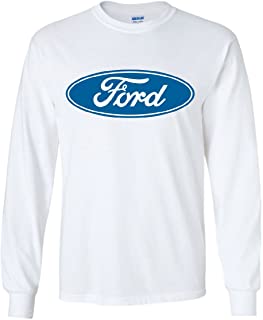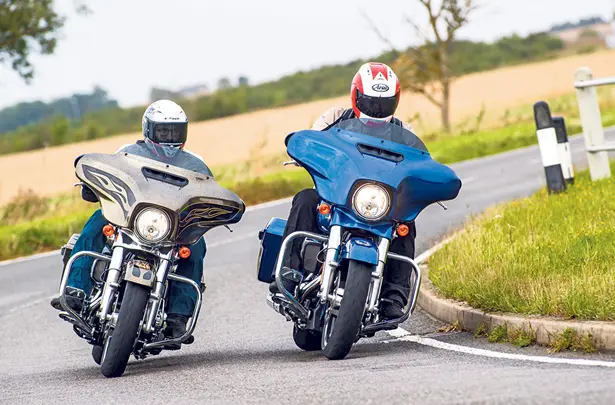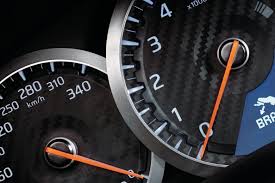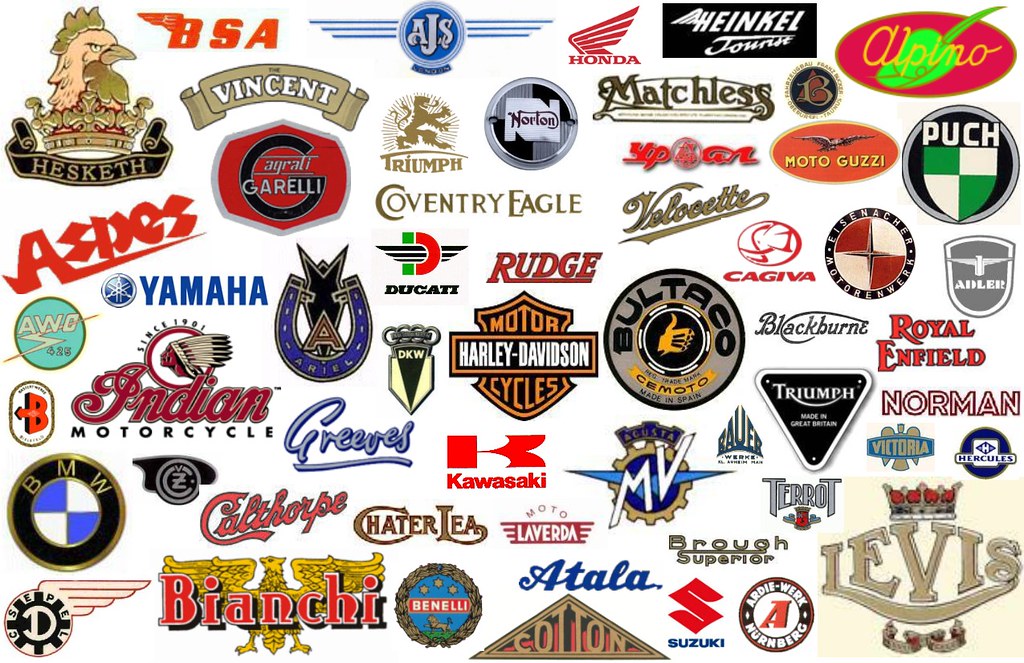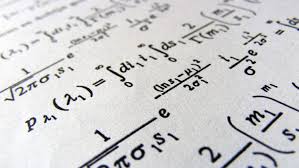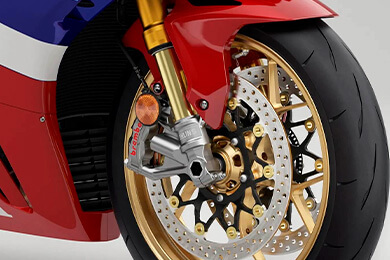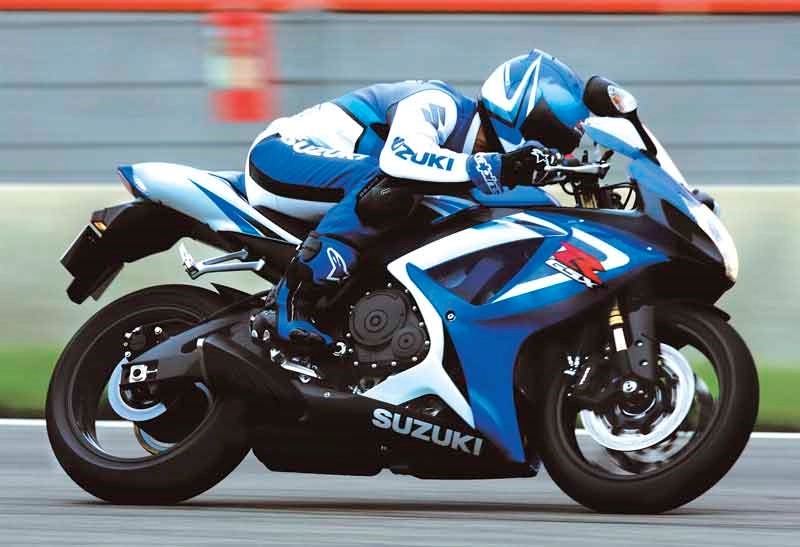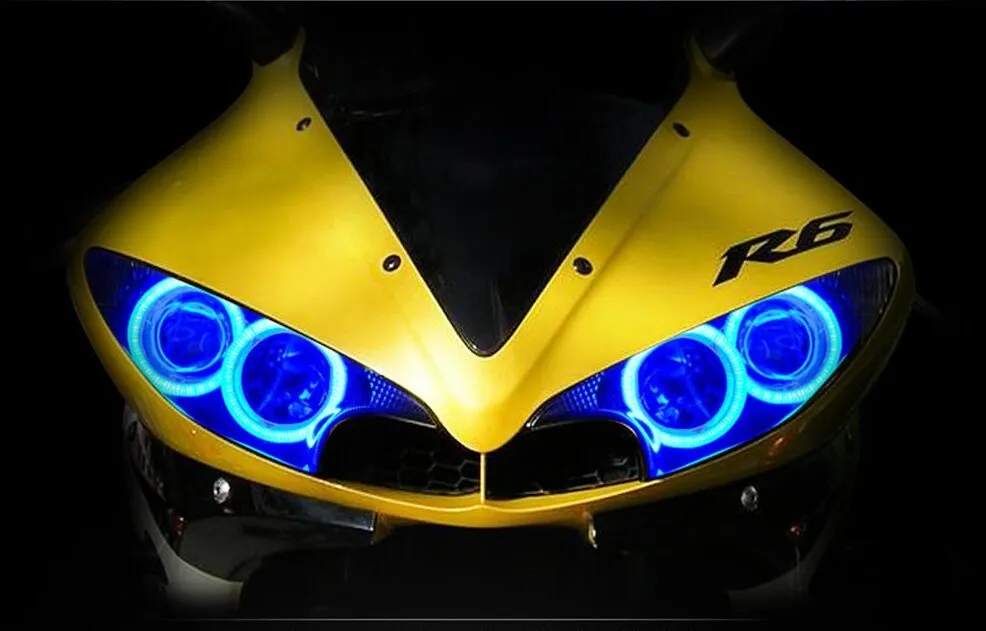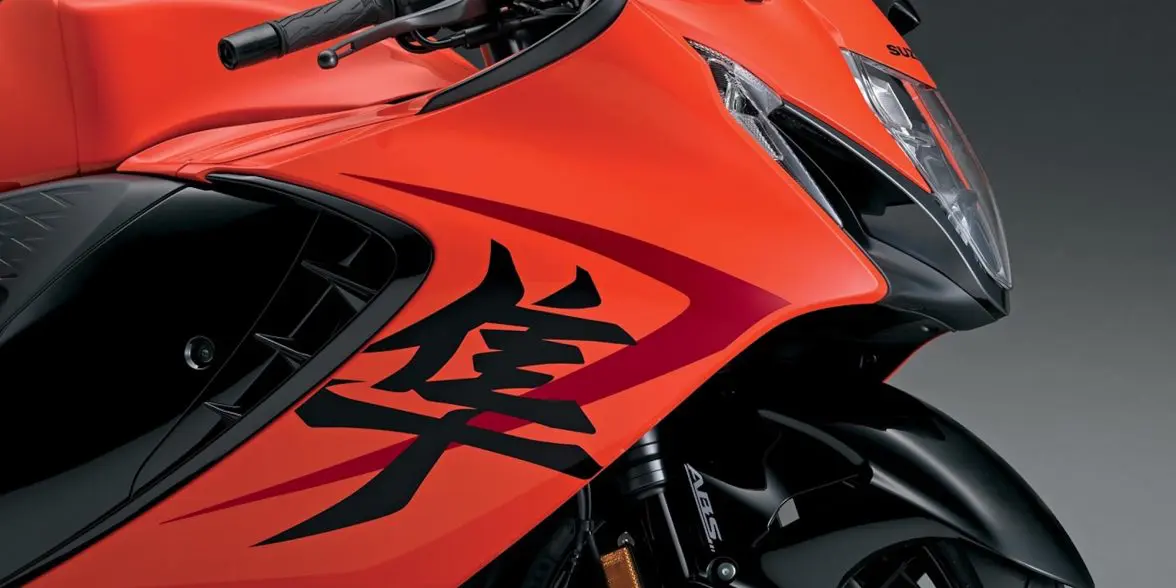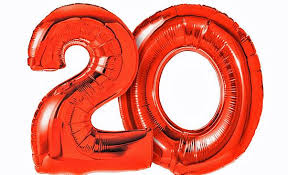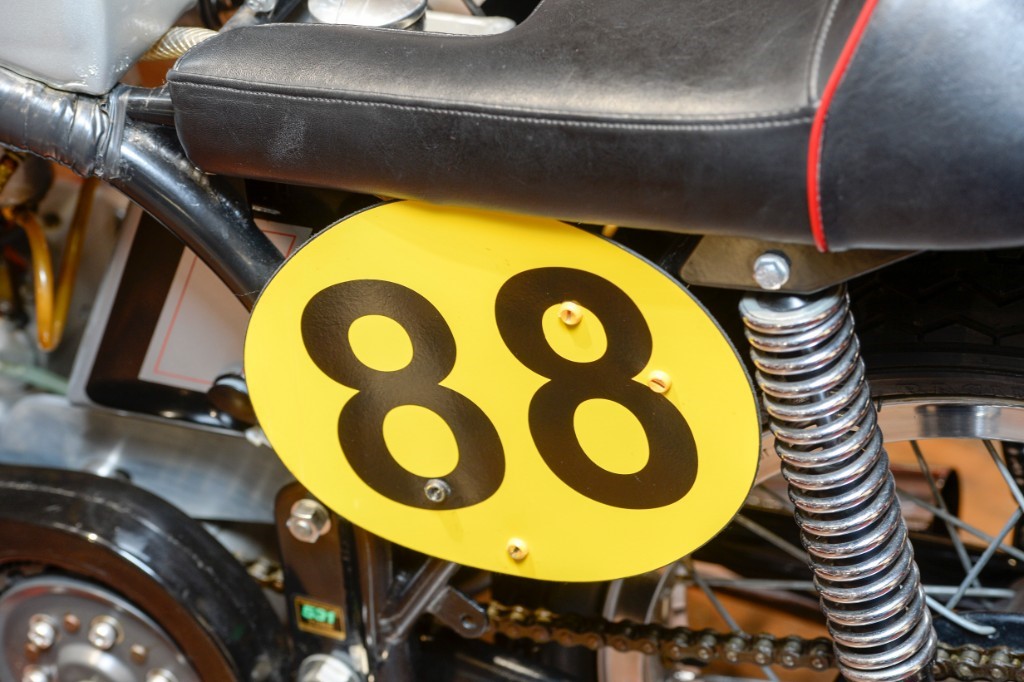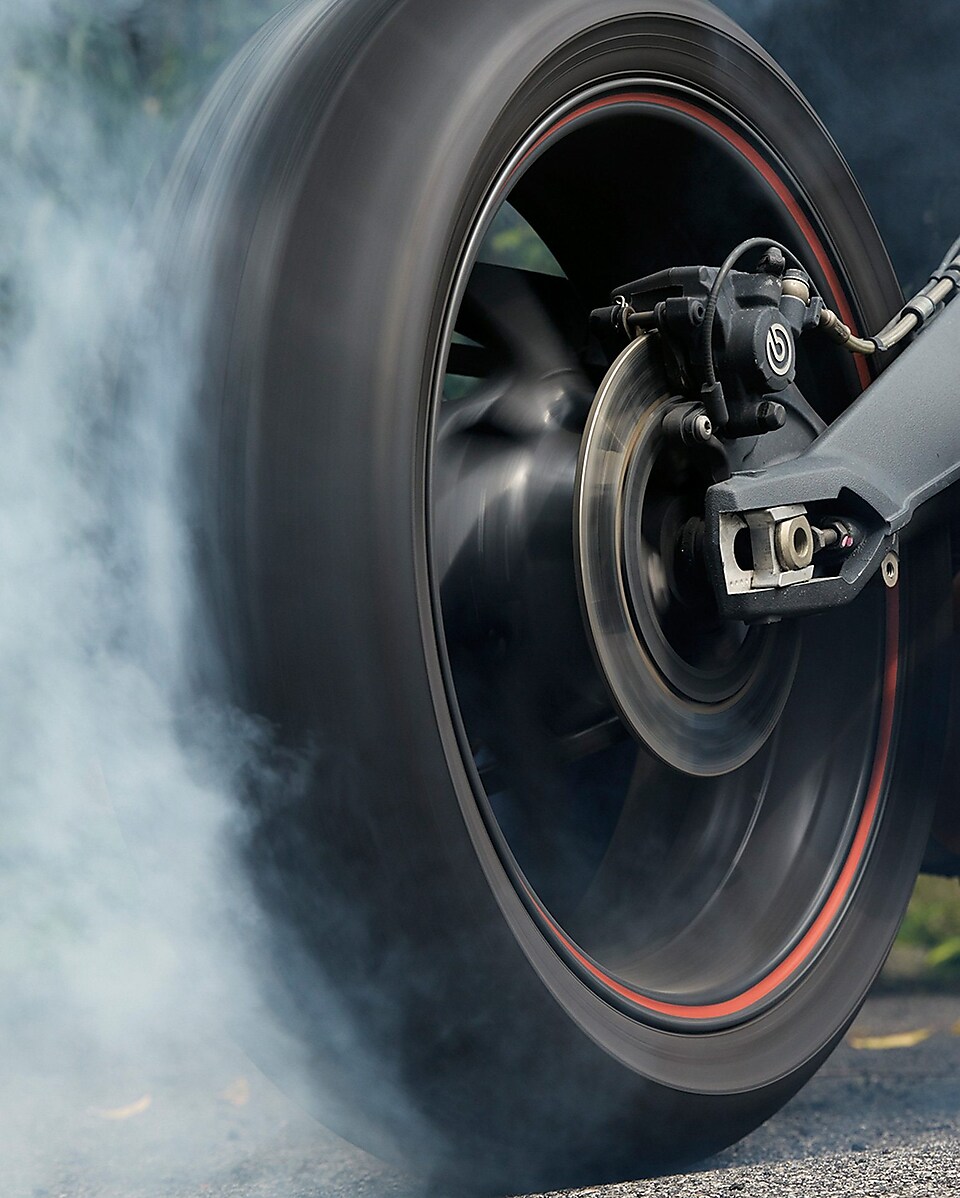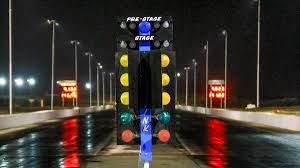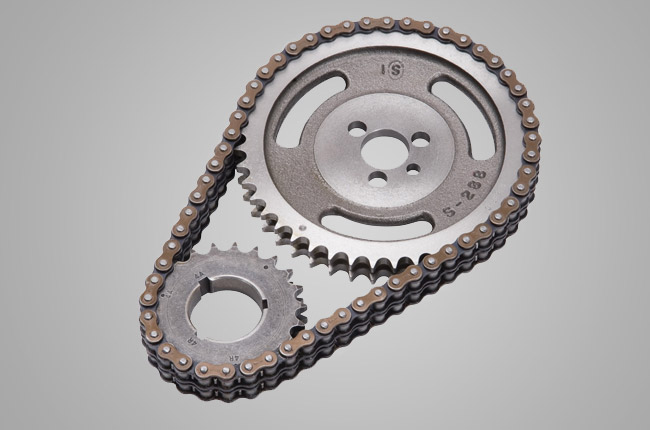


This edition of the Kawasaki Gpz 900 R Ninja is the 6 speed / Manual version and was first brought out in 1984. This was at around the same time as the introduction of the 1984 Suzuki GV 700 GL Madura and the 1984 Honda CB 750 SC Nighthawk S.This particular Kawasaki Gpz 900 has a 908cc Liquid cooled, Two stroke, Transverse Petrol powerplant with 4 cylinders and Carburettor.
The 1984 Gpz 900 shares its Transverse engine and Sport style configuration with the likes of the 2020 Norton Superlight SS and the 2019 Norton Superlight Twin. Alternatively, if you're looking for other bikes which share the Gpz 900's Sport style with a similar size of engine then how about the 2020 Norton Superlight SS | 2020cc.2019 Norton Superlight Twin | 2019cc.
Weighing in at 257 kgs (566 lbs) this makes the Kawasaki Gpz 900 R Ninja in the same weight category as the 2025 Yamaha Tracer 9 Triple or the 2025 Yamaha T�n�r� 700 Rally, give or take 50kg.
In terms of power the 908cc 16 valve Transverse 4 cylinder engine produces 115 bhp (85 kW) @ 9500 rpm similar to the 2025 Kawasaki Z 900 DOHC [123 bhp (91 kW) @ 9500 rpm] or the 2025 Yamaha MT-09 Y-AMT [117.4 bhp (87 kW) @ 10000 rpm].
The DOHC Two stroke unit throws out torque of 63.0 lb-ft (85.4 Nm) @ 8500 rpm placing it alongside motorbikes of similar performance figures such as the 2025 Yamaha Tracer 9 GT [68.5 lb-ft (93.0 Nm) @ 7000 rpm] and the 2025 Suzuki SV 650 ABS [47.2 lb-ft (63.9 Nm) @ 8100 rpm].
If one combines the weight with power or torque performance for the Kawasaki Gpz 900 you can get a better idea of it's real world performance.
The 1984 Kawasaki Gpz 900 R Ninja has a Power to weight ratio of 447.4 bhp per ton and 245.1 lb-ft per ton. Bhp Per Ton figures of the 1984 Gpz 900 competing with the 2015 Suzuki GSX-S 750 ABS [471.9 bhp\ton] and the 2005 Buell-EBR XB9R Firebolt [471.7 bhp\ton].
If you agree with the late great Carroll Shelby, then arguably an even better indicator of potential performance is Torque. Factor weight into the equation and you end up with - Torque per ton, with the Kawasaki Gpz 900 generating around 245.1 lb-ft per ton. If you're curious as to what other motorbikes have as much torque to weight then look no further than the 1983 Kawasaki Z 1300 DOHC I [270.1 lb-ft per ton] and the 1989 Honda ST 1100 Pan European [270.1 lb-ft per ton].
With a 0-60mph time of 8.3 secs or a 0-100km/h (0-62mph) of 8.4 secs, this makes the Kawasaki Gpz 900 R Ninja similar in acceleration to the 2024 Suzuki GSX-S 950 DOHC (8.3 secs) and the 2023 Suzuki DL 1050 V-Strom (8.3 secs). This Kawasaki Gpz 900 R Ninja also competes in terms of 0-60 mph and 0-100km/h with the 2018 Honda CB 250 R Neo Sports Cafe (0.0 secs) and the 2020 Norton Superlight SS (0.4 secs).
![Yamaha FZ1 N Abarth Assetto Corse - [2012] image Yamaha FZ1 N Abarth Assetto Corse - [2012] image](/editionimages/b/default.jpg)
Quarter Mile time is a close race between the 1984 Kawasaki Gpz 900 R Ninja and the 2012 Yamaha FZ1 N Abarth Assetto Corse
When talking about the performance of the 1984 Kawasaki Gpz 900 R Ninja on the drag strip it can reach a quarter mile in an estimated 10.9 secs @ 122 mph. Bikes with a similar performance down the quarter mile can be found in the 2012 Yamaha FZ1 N Abarth Assetto Corse (10.9 secs) and the 2001 Kawasaki ZRX 1200 S (10.9 secs).
The 1984 version of the Kawasaki Gpz 900 R Ninja has a maximum speed of 154mph.
If maxing out your bike on the AutoBahn is your thing and you're wondering what's faster at the top end than the 1984 Kawasaki Gpz 900 R Ninja then how about a 2020 Yamaha YZF-600 R6 20th Anniversary Edition (165 mph) and the 2020 Yamaha YZF-600 R6 (165 mph).


Kawasaki KZ 1100 D Spectre
Engine Capacity: 1089 cc
Top Speed: 142 mph
Quarter Mile: 12.0 secs @ 110 mph



